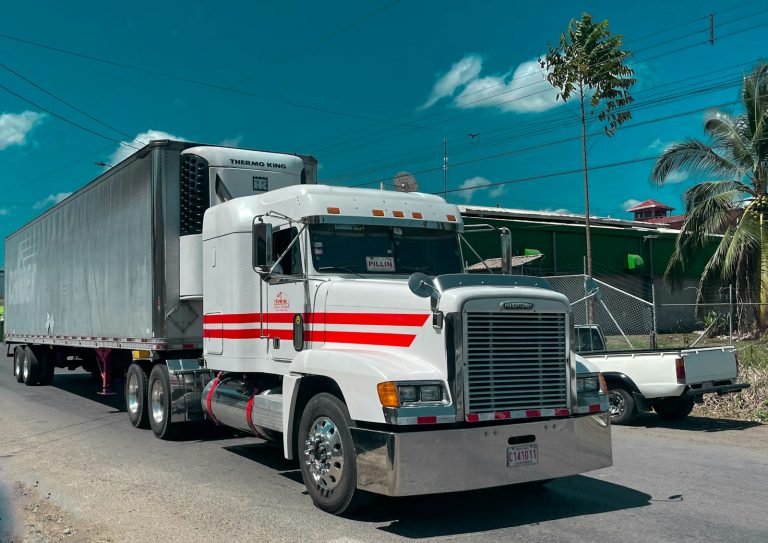Expanding a trucking fleet is a significant milestone for any transportation business. It signals growth, new opportunities, and increased capacity to serve more clients. However, this expansion is not without challenges. Whether you’re running a small operation or managing a larger fleet, growing the number of vehicles in your business requires careful planning, financial considerations, and strategic thinking. Here are the key factors to consider when expanding your trucking fleet.
1. Assessing Business Needs
Before expanding, it’s important to assess the current state of your business and understand why you’re considering growth. Do you have an increase in demand that requires more trucks? Are there new contracts that necessitate a larger fleet? It’s crucial to evaluate your business operations, your financial standing, and the long-term sustainability of adding more trucks. An expansion based on temporary demand spikes may lead to underutilized vehicles in the future, resulting in unnecessary financial strain.
Understanding your operational needs will help ensure that the expansion is not only feasible but also beneficial for the long-term health of your business.
2. Exploring Financing Options
Expanding a trucking fleet requires substantial capital investment. The cost of purchasing new trucks, maintaining them, and ensuring compliance with regulations can quickly add up. Fortunately, several financing options can help ease the financial burden.
Leasing trucks, for instance, is a popular option for many trucking companies. Leasing allows businesses to acquire vehicles without the upfront costs of purchasing and often includes maintenance packages, reducing operational headaches. On the other hand, securing a loan to purchase trucks outright may be a better option for companies looking to build equity in their fleet.
It’s also worth exploring specialized trucking finance solutions designed specifically for businesses in the transportation sector. These financial products are tailored to help trucking businesses expand, offering flexible payment terms and competitive rates that align with industry-specific needs.
By leveraging the right financial option, businesses can grow their fleet without depleting cash reserves, allowing for steady growth while managing financial risks.
3. Investing in Fleet Management Technology
As your fleet grows, managing your trucks becomes more complex. Investing in fleet management technology can streamline operations and help you keep track of your vehicles, drivers, and overall performance. GPS tracking systems, for example, provide real-time data on the location of each truck, enabling you to optimize routes and improve efficiency. Maintenance scheduling tools can help ensure that your trucks are serviced on time, reducing the risk of breakdowns and costly repairs.
Fleet management software also offers data analytics, giving you insights into fuel consumption, driver behavior, and maintenance costs. This information is invaluable for identifying inefficiencies, improving operations, and reducing expenses as your fleet expands.
4. Ensuring Compliance and Safety
As you expand your fleet, it’s critical to ensure that you are compliant with all relevant regulations. This includes ensuring that your vehicles meet emissions standards, are properly insured, and are equipped with the necessary safety features. Additionally, hiring qualified drivers and ensuring they are properly trained is essential for maintaining a high standard of safety on the road.
Non-compliance can lead to fines, legal complications, and damage to your business reputation. It’s essential to stay up to date with the latest industry regulations and invest in safety measures to protect your assets and ensure the continued success of your expansion efforts.
5. Evaluating Operational Costs
One of the key considerations when expanding a trucking fleet is the increase in operational costs. More trucks mean higher fuel costs, maintenance expenses, and insurance premiums. It’s important to create a detailed budget that accounts for all these additional expenses. Understanding the full scope of the financial impact will help you plan accordingly and ensure that your business can handle the increased costs.
In addition, optimizing routes and reducing idle time can help mitigate some of the additional expenses. Implementing fuel-efficient practices and regularly maintaining your trucks can also help lower operational costs.
Conclusion
Expanding your trucking fleet is an exciting opportunity to grow your business and increase revenue. However, it requires careful planning and a strategic approach. By thoroughly assessing your business needs, exploring financing options, investing in fleet management technology, and maintaining compliance, you can ensure that your expansion is both successful and sustainable. Managing the increased operational costs and focusing on long-term growth strategies will allow your trucking business to thrive as your fleet grows.



0 Comments